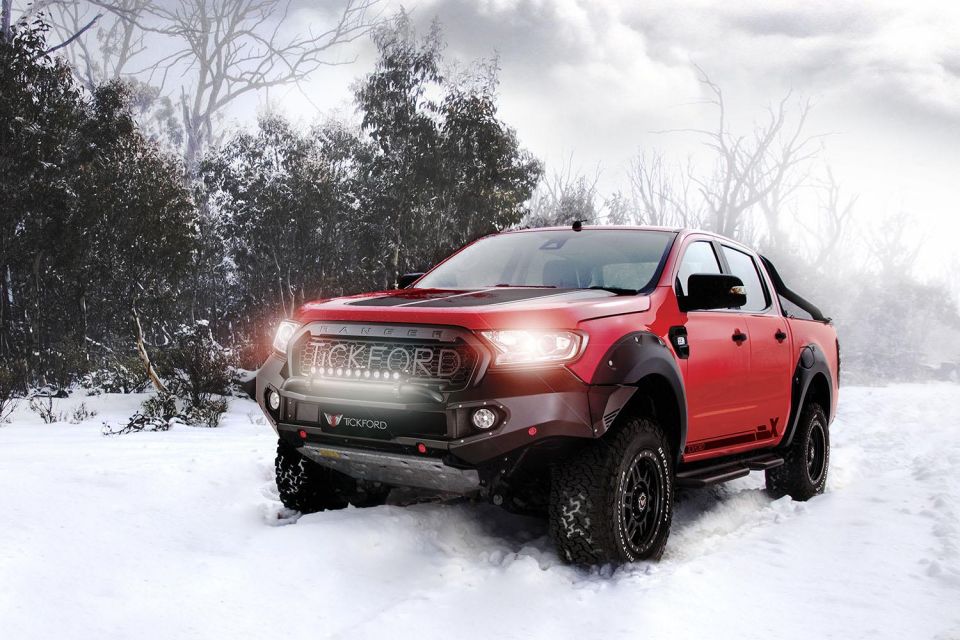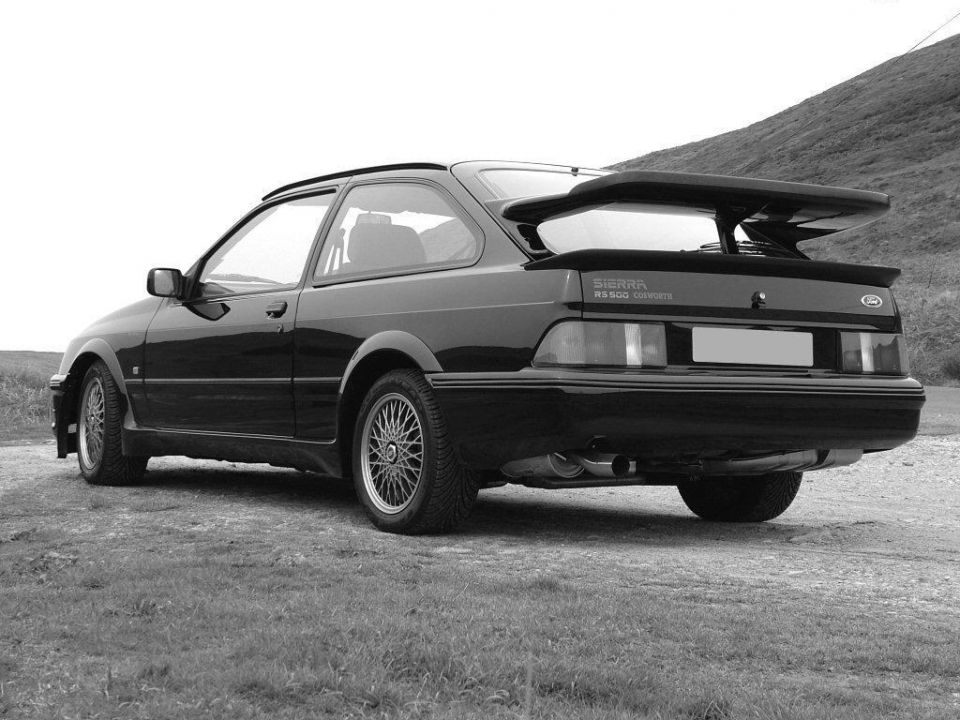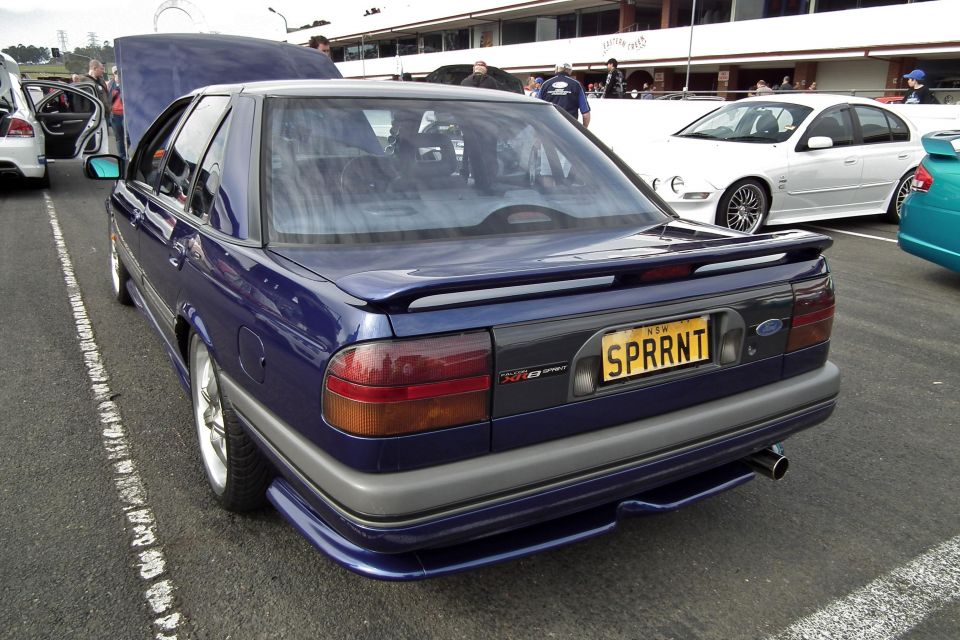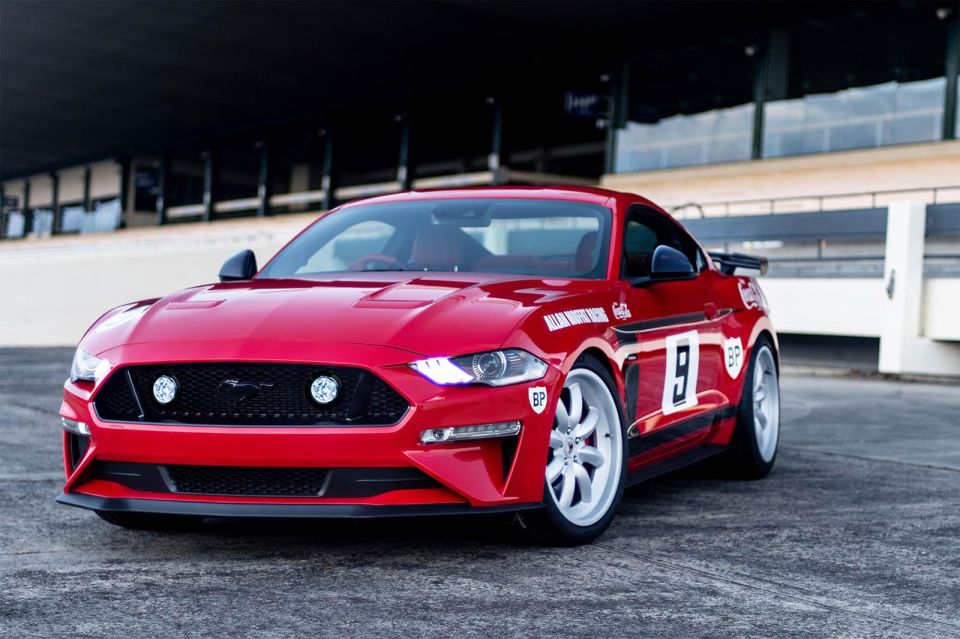

Damion Smy
Chinese vacuum cleaner maker teases 1000hp electric supercar
32 Minutes Ago
In Australia, we might not get those special Shelby Mustangs – but we do have Tickford – a racing team and tuning specialist with British roots.

Contributor


Contributor
The Mustang is the heart and soul of the Ford brand, recognised as an icon the world over. In America, where Ford has transitioned to a mostly SUV and truck-based line-up, the Mustang is the one passenger car that just won’t quit. Indeed, the Blue Oval has even named its new electric SUV the “Mustang Mach-E” to position it as a new chapter in the brand’s history.
What does Tickford have to do with all of this?
In America, Shelby is to Ford what AMG is to Mercedes. So a Shelby Mustang is an extra special car. In Australia, we don’t get the Shelby Mustang.
Pardon the pun, but don’t be ticked off – we do have an aftermarket substitute in Tickford.

Tickford is a company with expertise in not only producing high-performance aftermarket kits and modifications for various Ford models such as the Mustang, Ranger, and Everest, but operator of its own racing team in the Supercars Championship.
Tickford traces its origins all the way back to early 19th century England. In the 1820s, Joseph Salmons began a coach building business later known as Salmons & Sons at Tickford Street in Newport Magnell, near the city of Milton Keynes.
Coach building at the time involved making bodies for horse carriages, and the original Salmons & Sons would continue this practice throughout the rest of the 19th century.
Of course the company kept with the times, and transitioned to coach-built cars as they became more popular in the early 20th century. Cars back then used a body-on-frame construction, which made it easy for a customer or coach builder to buy a chassis and commission or make their own custom body for it.
One innovation by Salmons & Sons during this time was the patented ‘All-Weather Body’ in 1914, around the start of the First World War. This was a convertible body with a folding soft-top that could be completely retracted without anyone having to leave the car, in less than 2 minutes. Compare that to less than 30 seconds for the typical soft top convertible today!

Ownership of the company by the Salmons family ended in 1943 as the company was bought by another entrepreneur, and consequently Salmons & Sons was officially renamed to Tickford Limited.
More notable, however, was the subsequent purchase of Tickford by the famous David Brown in 1955 – owner of Aston Martin and the namesake of the “DB” prefix attached to the vast majority of Aston Martin’s line-up to this day.
Although Tickford and Aston Martin were at this point corporate cousins, David Brown did not force Tickford to exclusively make bodies for Aston Martin vehicles.
Instead, he transformed the firm into more of a design and engineering consultancy. The company’s services expanded from car body design and construction to vehicle engineering, including integrating turbochargers and adding other components to produce high-performance versions of existing vehicles for OEMs such as Ford and Jaguar.
Perhaps one of the most famous examples of this was Tickford’s involvement in the 1986 Ford Sierra Cosworth RS500.

Tickford’s involvement in Australian motoring history begins in 1991. Ford Australia was searching for a company that would make high performance versions of models sold locally, and Tickford’s experience and capabilities made it the ideal partner.
A joint venture between Ford Australia and Tickford known as Tickford Vehicle Engineering (TVE) was established.
This company immediately set to work on Ford’s Australian line-up, and was responsible for developing the famed Ford Falcon XR6 and XR8.

In 2002, Tickford’s global operations were purchased by British motorsport company Prodrive, which led to TVE being rebranded to Ford Performance Vehicles (FPV) as a direct competitor brand to Holden’s HSV. Another benefit of this change in ownership, however, was more direct manufacturer involvement in Australia’s V8 Supercars championship.
As part of its Australian expansion, Prodrive purchased Glenn Seton Racing and renamed it to Ford Performance Racing (FPR) as a cousin company to the road-going FPV. Notable FPR achievements included winning its first Bathurst 1000 race in 2013 with drivers Mark Winterbottom and Steve Richards at the wheel.

Of course, these name changes meant that for a period of approximately 15 years, the Tickford brand was out of the Australian public eye in both motorsport and for road going cars.
However, with the demise of Ford’s Australian manufacturing operations, the Tickford brand has emerged again through the Tickford Racing team and its parallel automotive aftermarket business.

Today, Tickford makes a range of performance packs, add-ons and other accessories for the Mustang, Ranger and Everest models. These performance packs include changes to the ECU calibration to increase power, as well as revised suspension, exhaust, and various other aesthetic improvements.
For the Mustang in particular, Tickford has unveiled the ‘Trans-Am’ package incorporating a range of interior and exterior aesthetic improvements as well as mechanical upgrades as an homage to famous race car driver Allan Moffat 1969 Trans-Am Mustang.


Beware the pricing however – only 100 cars will be modified with the package, with pricing ranging from $32,995 to $52,995 excluding the donor car.
For those after substantially more power from their Mustang, Tickford has also entered into a partnership with American tuning company Roush Engineering to offer a range of bolt-on supercharger kits for the Mustang GT.
In high-spec ‘Phase 2 (FN)’ guise, this package adds a 2.65L supercharger to produce a maximum of 560kW of power and 908Nm of torque, up from the standard 339kW and 556Nm of torque.


Damion Smy
32 Minutes Ago


Matt Robinson
3 Hours Ago


Damion Smy
3 Hours Ago


Damion Smy
17 Hours Ago


Damion Smy
19 Hours Ago


Damion Smy
20 Hours Ago